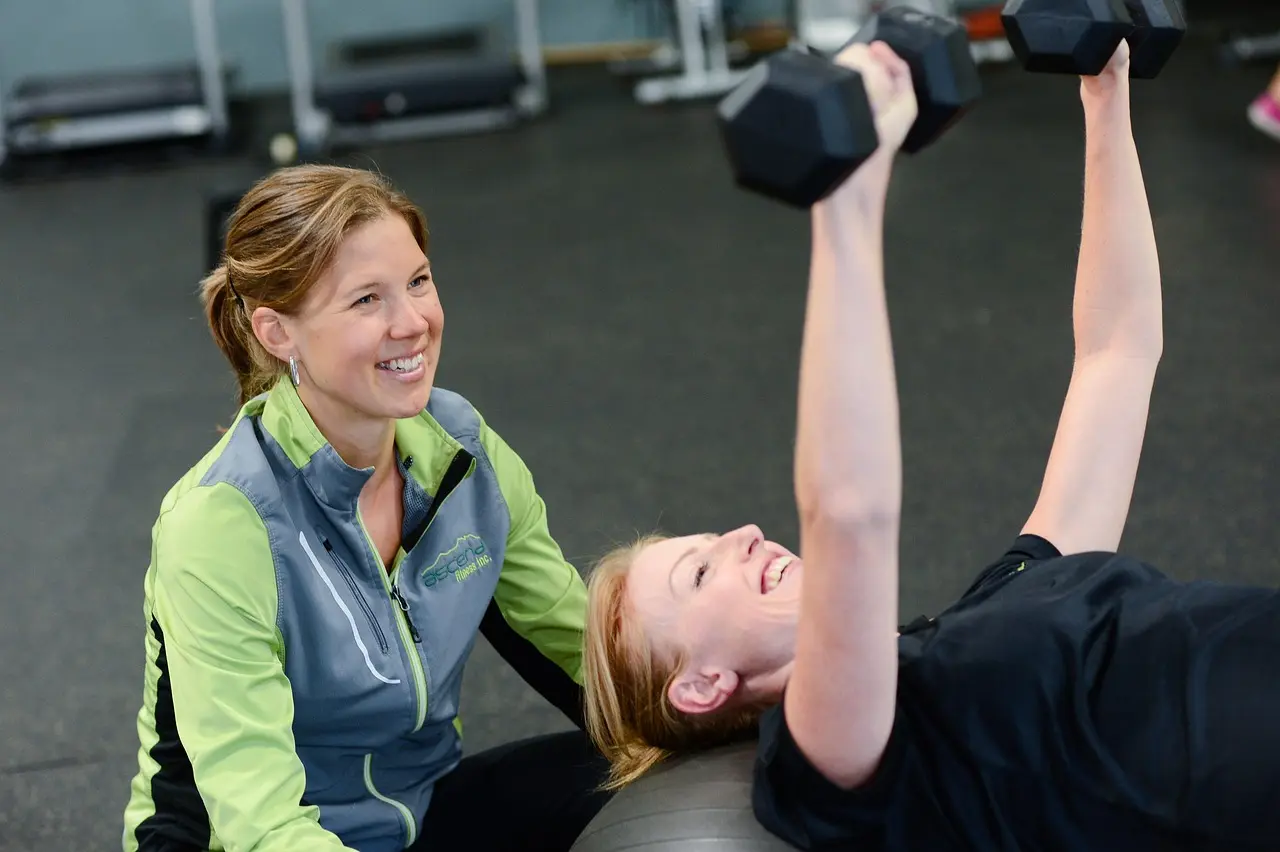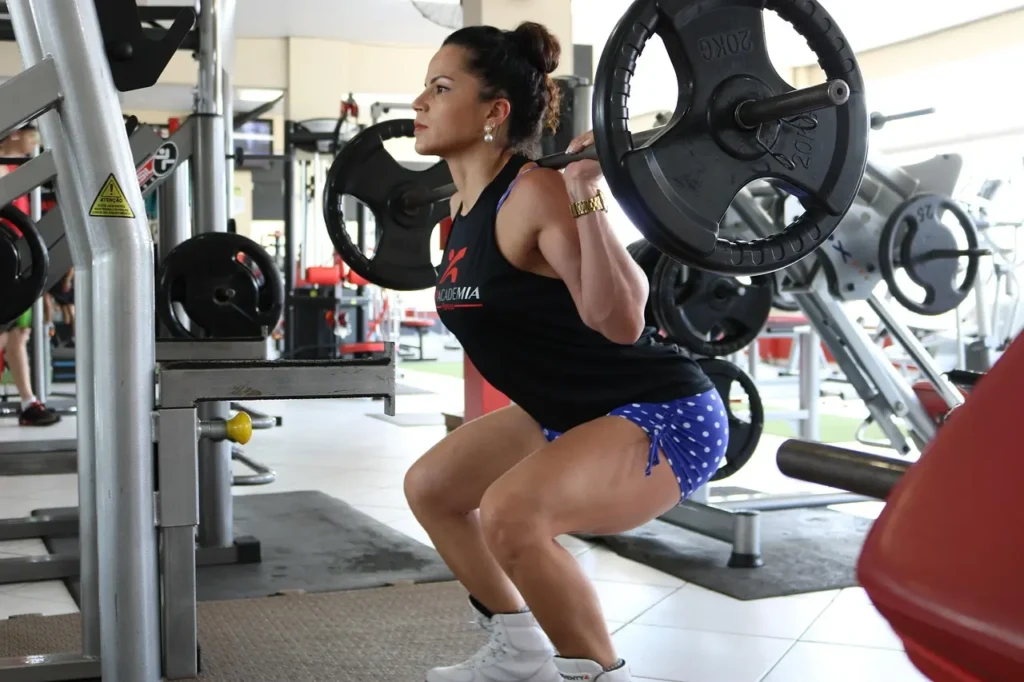
A personal training menu is more than just a workout schedule—it’s a personalized fitness roadmap designed to match your individual goals, abilities, and lifestyle. Whether you’re training to lose weight, build muscle, or simply improve your overall health, a well-structured plan ensures that every workout has a purpose.
In this article, we’ll explore what a personal training menu is, why it’s essential, how it’s created, and what it can look like based on your unique fitness objectives.
What Is a Personal Training Menu?

A personal training menu refers to a customized set of workouts developed by a fitness professional or coach. It takes into account your fitness level, health status, goals, preferences, and available time. Unlike generic fitness programs found online or in magazines, a personal training menu is tailored specifically for you.
It usually includes a combination of strength training, cardiovascular exercise, flexibility work, and sometimes mobility or functional training. Each session is structured with clear objectives—number of sets, reps, rest intervals, and duration—so that you can track progress and avoid injury.
The real power of a personal training menu lies in its adaptability. As your fitness improves, your plan evolves. This ensures you continue progressing, avoiding plateaus and keeping motivation high.
Why a Personal Training Menu Matters

Without a plan, workouts often become inconsistent or ineffective. You may overtrain, undertrain, or target the wrong areas. A personal training menu offers several clear benefits:
| Efficiency | Focused sessions maximize time spent in the gym or at home. |
|---|---|
| Clarity | You know exactly what to do each day. |
| Motivation | Having structure keeps you accountable. |
| Results | Personalized programs are more likely to deliver consistent progress. |
| Safety | A trainer ensures exercises match your body’s capabilities and limitations. |
Whether you’re a beginner or an experienced athlete, a structured training menu helps you get the most from your efforts.
How to Create a Personal Training Menu: Step-by-Step

Designing a training menu involves more than listing random exercises. Here’s how professionals typically build a smart, personalized fitness plan:
Define Your Fitness Goals
Are you trying to:
- Lose body fat?
- Build muscle mass?
- Improve endurance or mobility?
- Prepare for an athletic event?
Clearly identifying your goals—both short- and long-term—is the first and most important step. This will guide exercise selection, frequency, and intensity.
Assess Current Fitness Level
Before starting, a trainer will evaluate:
- Body composition (weight, BMI, body fat %)
- Cardiovascular capacity
- Muscular strength and endurance
- Flexibility and mobility
- Lifestyle habits (sleep, stress, nutrition)
- Medical history and any injuries
This baseline allows for a safer, more accurate training plan and helps measure progress over time.
Plan the Weekly Structure
A well-balanced personal training menu includes:
- Cardio (e.g., treadmill, rowing, cycling)
- Strength training (compound and isolation exercises)
- Flexibility/mobility work (yoga, stretching)
- Rest and recovery days
Most menus follow a weekly split. For example:
| Monday | Upper body strength |
|---|---|
| Tuesday | Cardio + core |
| Wednesday | Rest |
| Thursday | Lower body strength |
| Friday | HIIT |
| Saturday | Flexibility + light cardio |
| Sunday | Rest |
The structure depends on how many days you can train and your current fitness level.
Adjust and Track Progress
Effective plans evolve. Trainers use a method like the PDCA cycle (Plan, Do, Check, Act) to refine the menu. Every 4–6 weeks, they assess results and make changes in volume, intensity, or movement type.
This adaptive approach ensures long-term progress and prevents boredom or stagnation.
Examples of Personal Training Menus by Goal

Here are sample training menus based on specific fitness goals. Always consult a professional to adjust these to your needs.
Personal Training Menu for Weight Loss
| Goal | Burn fat, boost metabolism |
|---|
Sample Plan:
- 3x per week HIIT sessions (e.g., 30-second sprints with 1-minute walks)
- 2x per week full-body resistance training (circuit format)
- 1x per week low-impact cardio (cycling, walking)
- Focus on calorie expenditure and heart rate elevation
- Short rest intervals, high pace
Personal Training Menu for Muscle Gain
| Goal | Build size and strength |
|---|
Sample Plan:
- 4x per week strength training (split routine)
- Day 1: Chest/triceps
- Day 2: Back/biceps
- Day 3: Legs
- Day 4: Shoulders/core
- Use compound movements like squats, bench press, and deadlifts
- Progressive overload and controlled rest (60–90 seconds)
Personal Training Menu for General Fitness & Toning
| Goal | Stay active, improve tone and flexibility |
|---|
Sample Plan:
- 2x per week light resistance (bands, dumbbells)
- 2x per week yoga or Pilates
- 1x per week moderate-intensity cardio (dance, cycling)
- Emphasis on full-body movement, posture, and endurance
Personal Training Menu for Seniors or Rehabilitation
| Goal | Improve mobility, prevent injury, support recovery |
|---|
Sample Plan:
- 2–3x per week low-impact strength training (bodyweight, resistance bands)
- 1–2x per week balance and coordination drills (e.g., standing leg lifts)
- Flexibility exercises after every session
- Slow, controlled movements with supervision if needed
Tips for Sticking With Your Personal Training Menu

- Schedule workouts like appointments—put them on your calendar.
- Keep it realistic—don’t overtrain or skip rest days.
- Track progress with a journal or app.
- Celebrate small wins to stay motivated.
- Stay flexible—life happens; adapt instead of quitting.
Your Personal Training Menu Is Your Fitness Roadmap
A personalized training menu brings structure and purpose to your workouts. Whether you’re a beginner or working toward a specific goal, having a tailored fitness plan makes each session more effective.
Not sure where to begin? A certified personal trainer can help you build a safe, goal-focused workout plan that keeps you motivated and on track.
👉 Start your fitness journey today — visit FitHive Gym to explore personalized training programs built just for you.


 Reserve a Free Trial Training
Reserve a Free Trial Training 
